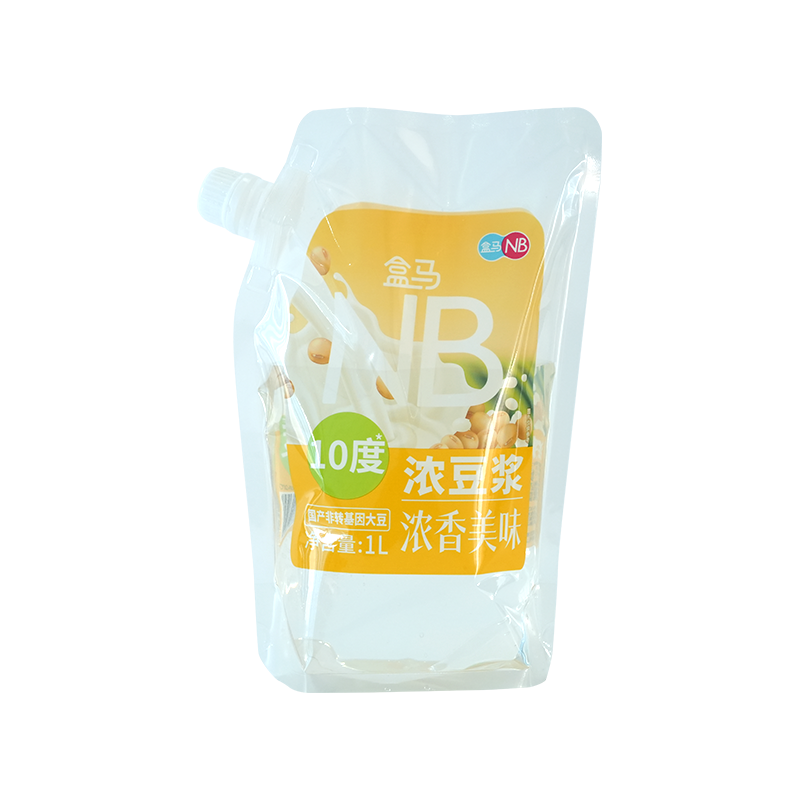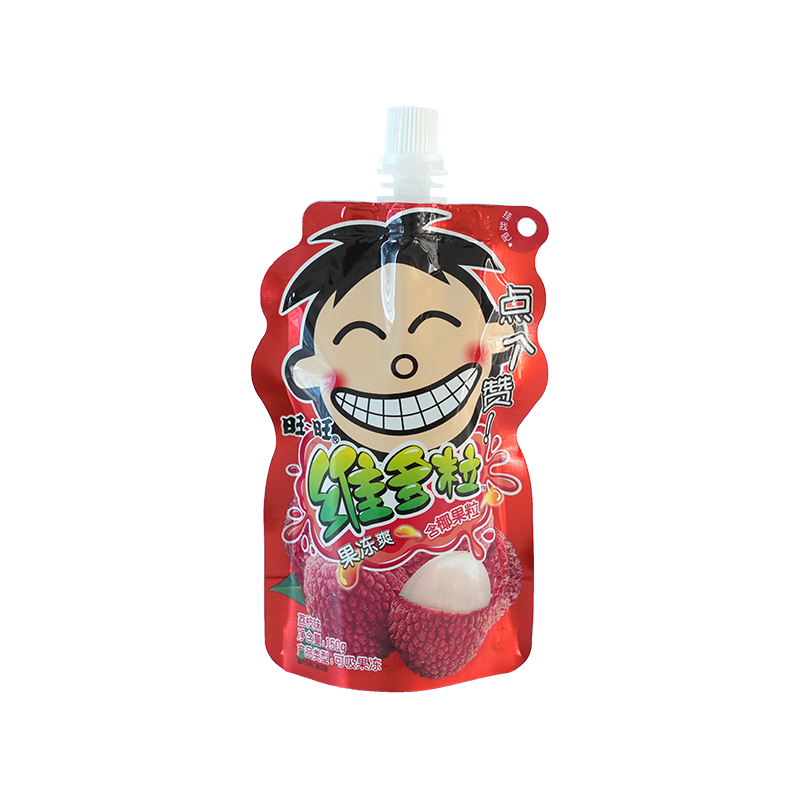In the field of modern daily chemical product packaging, essence mask stand-up pouches have won wide market recognition with their unique design, excellent functionality and exquisite appearance. However, behind these impressive features, there is a crucial technical challenge - wrinkle control. Wrinkles not only affect the aesthetics of the packaging bag, but may also weaken its barrier properties, thereby posing a potential threat to the mask products inside.
Wrinkles, as one of the common problems in the laminating process, are usually caused by the failure of the material to stretch or shrink evenly during the laminating process. The occurrence of this phenomenon is related to many factors, including but not limited to the temperature, pressure, and speed settings of the laminating machine, the physical properties of the material (such as elastic modulus, thermal expansion coefficient, etc.), and the environmental conditions during the laminating process (such as humidity and temperature). When these factors fail to achieve the best match, the material may stretch or shrink unevenly during the laminating process, forming wrinkles on the surface of the packaging bag.
Wrinkles not only destroy the flatness and aesthetics of the packaging bag, but may also affect its barrier properties. The material at the wrinkles is often thinner and more susceptible to external light, oxygen and moisture, which accelerates the oxidation and deterioration of the mask products. In addition, wrinkles may also become weak points in the packaging bag during use, increasing the risk of rupture and leakage.
In order to effectively control wrinkling, manufacturers need to accurately adjust the parameters of the laminating machine, such as temperature, pressure and speed. The adjustment of these parameters requires multiple tests and optimizations based on the physical properties of the material and the specific requirements of the laminating process.
Temperature control: Temperature is one of the key factors affecting the stretching and shrinking of materials. During the laminating process, appropriate temperature can soften the material and reduce its elastic modulus, making it easier to achieve uniform stretching and shrinking. However, too high a temperature may cause the material to soften excessively or even melt, thereby increasing the risk of wrinkling. Therefore, manufacturers need to set a reasonable heating temperature and cooling rate based on the thermal properties of the material to ensure that the material maintains a stable physical state during the laminating process.
Pressure control: Pressure is an important factor affecting the adhesion between materials. During the laminating process, appropriate pressure can evenly distribute the adhesive between the materials to form a strong bonding layer. However, excessive pressure may cause the material to deform and increase the risk of wrinkling. Therefore, manufacturers need to set a reasonable pressure value according to the mechanical properties of the material and the curing characteristics of the adhesive to ensure that the material remains flat during the composite process and the adhesive can be fully cured.
Speed control: Speed is one of the key factors affecting composite efficiency and quality. During the composite process, the appropriate speed can ensure that the material has enough time to undergo sufficient physical and chemical changes in various stages such as heating, bonding and cooling. However, too fast a speed may cause the material to fail to soften sufficiently or the adhesive to fail to cure sufficiently, thereby increasing the risk of wrinkling. Therefore, manufacturers need to set a reasonable composite speed according to the thermal properties of the material and the curing time of the adhesive to ensure that the material maintains a stable stretching and shrinking speed during the composite process.
In addition to accurately adjusting the parameters of the composite machine, choosing the right material combination and thickness is also an effective way to prevent wrinkling. Different materials have different physical and chemical properties, which determine their stretching and shrinking behaviors during the composite process. Therefore, manufacturers need to choose the right material combination and thickness according to the specific requirements of the product and the characteristics of the composite process.
Material combination: When selecting materials, manufacturers need to consider performance indicators such as the elastic modulus, thermal expansion coefficient, and weather resistance of the material. For example, for products that need to withstand high temperatures and pressures, a material combination with a high elastic modulus and a low thermal expansion coefficient can be selected; for products that need to withstand high humidity, a material combination with excellent weather resistance and waterproof performance can be selected. By reasonably selecting a material combination, the risk of uneven stretching and shrinkage of the material during the compounding process can be reduced, thereby effectively preventing wrinkles.
Material thickness: Material thickness is one of the important factors affecting wrinkles. Too thin materials are more likely to deform and wrinkle during the compounding process; while too thick materials may increase the load and energy consumption of the compounding machine, while reducing the flexibility and aesthetics of the product. Therefore, manufacturers need to select the appropriate material thickness based on the specific requirements of the product and the characteristics of the compounding process. When selecting the thickness, it is necessary to comprehensively consider factors such as the physical properties of the material, the use environment of the product, and the production capacity of the compounding machine to ensure that the material can remain flat and have good barrier properties during the compounding process.
Wrinkle control is an important challenge in the compounding process of essence mask stand-up pouches. By accurately adjusting the parameters of the compounding machine, selecting the appropriate material combination and thickness, manufacturers can effectively prevent and control wrinkles to ensure the quality and aesthetics of the packaging bag. However, as consumers' requirements for product quality and aesthetics continue to increase, and market competition becomes increasingly fierce, manufacturers need to continuously explore and innovate new technologies and methods for the composite process. For example, by introducing advanced automation equipment and intelligent control systems, precise control and real-time monitoring of the composite process can be achieved; by developing new materials and adhesives, the barrier properties and weather resistance of packaging bags can be improved; by optimizing packaging design and production processes, product flexibility and production efficiency can be improved. Through continuous innovation and optimization, manufacturers can continuously improve the quality and competitiveness of essence mask stand-up bags and provide consumers with better quality, safer and more environmentally friendly packaging solutions.








